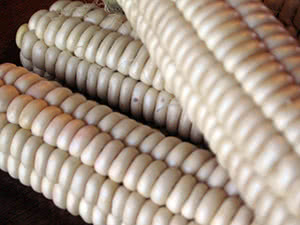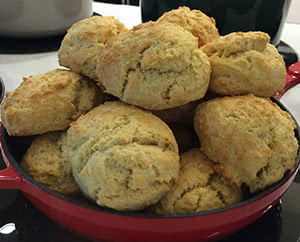Sub-Total: $0.00

Holiday Baking
‘Tis the season for baking! To me, baking is so different from cooking. When I’m cooking a meal, I hardly ever measure my ingredients and I adapt the recipe to what I…
Mediterranean Inspired Appetizers
Hello, all! Your Niemann Harvest Market Dietitian, here! Last night, I was able to share some of my favorite Mediterranean-inspired appetizers during a cooking class in our Nook. I want…
Can a Shopping Cart Really be that Special?
When you go to the grocery store, you might assume that all shopping carts are created equal. Well, they’re not… Proudly made in the USA, innova is a contemporary shopping…
How to Cook Your Triple S Farm Turkey
Have you reserved your Triple S Farm turkey yet? Try to get one of the 50 best birds you’ll ever have. But after you get it, what’s the best way…
Fyffes Pineapples
Fyffes Gold Pineapples are of the “Supersweet” variety. Grown in Costa Rica, Panama, and Columbia where the climate is ideal for growing pineapples, our Fyffes Gold pineapples are juicy, packed…
The Story Behind CMI Orchards
Niemann Harvest Market is proud to connect you to the farmers and the land…especially in produce! CMI Orchards in Washington are a great partner that offer a variety of incredible…
The Story Behind White Iroquois Corn
Niemann Harvest Market is proud to use fresh, local ingredients in our bakery…including our cornmeal! White Iroquois Corn is an heirloom crop grown and harvested at the oldest family farm…
The Best Biscuit You’ll Ever Have
Our buttermilk biscuits are made from scratch everyday by our bakers. It’s a classic biscuit recipe with flour, salt, baking powder, butter and buttermilk made better by using locally sourced ingredients. The…









